A strange desert road trip on the trail of the father of American rocketry.
Up ahead was a mushroom cloud, a column of smoke over the Sierra National Forest. It grew quickly, rising, the heart of the plume catching the sun and shining a dazzling, radiant white.
We drove towards it, on our way to our campground destination for the night. We were also more than a little curious. Brad Garrett was driving; he flicked through local radio stations to find out what was happening. Was it an explosion? A forest fire? We found no mention of it on the radio.
As omens went, this one was appropriate. We were on a desert road trip in California on the trail of Jack Parsons, rogue father of American rocketry, occultist, and strange totem of the twentieth century Californian dream.
Parsons and his colleagues, working from scrappy, explosion-damaged corrugated iron cabins in the Arroyo Seco canyon, spent the interwar years dreaming of space flight. “It was our desire and intent,” his friend and lifelong collaborator Ed Forman once said, “to develop the ability to rocket to the moon.”
Their dream never materialized for them; before long their fringe, hobbyist group grew into the GALCIT center at Caltech and then the Jet Propulsion Lab. Today, the lab is the centre of NASA’s robotic exploration of the solar systems, but at its founding it was more concerned with fuelling the war effort. By the 1940s, Parsons and friends were working for the U.S. military developing the technologies that powered intercontinental ballistic missiles.
That this trip opened with an echo of the bomb was only too appropriate. Parsons’ life blended science and magic, utopia and destruction—not as conflicting philosophies but facets of a greater whole, a thrilling yet knowable universe that man could systematically control. In this vast ambition, there seemed no one more Californian.
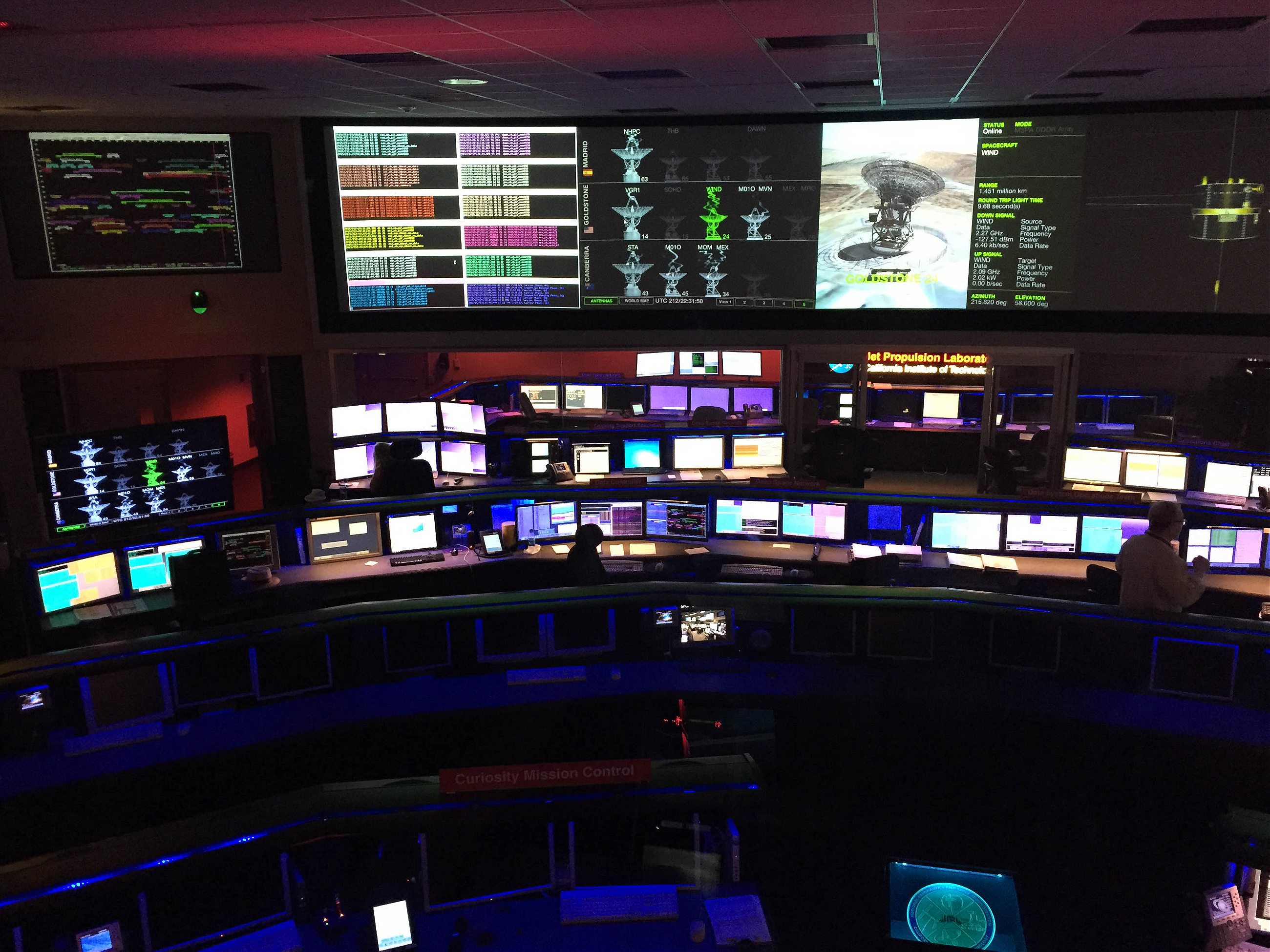
It began a month before with an email via the mailing list of the Institute for Atemporal Studies, a nomadic research group and futurist think-tank.
“Hey everyone,” Brad announced. “After three years of being bound up in the British legal system over place hacking London, the Home Office has finally returned my passport. I’m coming back to L.A. for the summer! Anyone want to go adventuring around L.A./Mojave/Las Vegas/Palm Springs?”
I knew an invitation from Brad wasn’t something to turn down. As author of Explore Everything, a book about urban exploration in London, he knew how to see places in ways other people couldn’t. Photos of his crew’s infiltrations of London subways and skyscrapers had received global press. Now he was back in southern California, where he’d grown up roaming the desert landscape. For him this trip was a grand celebratory homecoming.
Brad had an idea of the kind of trouble he wanted to get up to. “Have you looked into Jack Parsons and the Aleister Crowley link?” he wrote. “I can get us into the Jet Propulsion Lab—let’s dig further.”
“Let’s definitely dig further,” wrote Wayne Chambliss, a poet, strategist, and adventurer from Portland. “Although the Parsonage burned down years ago, there are still a number of Parsons-related sites in Pasadena. One possible goal: to track down the desert location of Parsons’ Babalon Working ritual,” one of the most notorious magical rituals of the last century.
A plan emerged. We would explore the strange archaeology of atomic California, following Parsons’ footsteps to examine what resonances these places might still hold.
I immediately bought a plane ticket from London to L.A.
Parsons was expelled from the JPL for dangerous working practices and his “mythic love cult”
Jack Parsons was not just a rocket scientist. As a young man he’d read James Frazer’s The Golden Bough, which described ritual magic as far removed from science: Both offered an opportunity to “touch the secret springs that set in motion the vast and intricate mechanism of the world.”
Frazer’s message sparked Parsons’ imagination. He and his wife Helen started exploring the burgeoning spiritual landscape of 1930s Los Angeles, a city then undergoing a boom in alternative religious beliefs. In 1939, he attended a gnostic mass at the Church of Thelema, a ceremonial magical group that started in Europe in the early 1900s. Thelema’s founder, Aleister Crowley—described in the media as “the wickedest man in the world”—defined “magick” (with a ‘k’ to distinguish it from stage magic) as “the Science and Art of causing Change to occur in conformity with Will,” and rituals saw participants summoning deities rooted in ancient Egyptian beliefs. Only three years after this experience, Parsons was leading the U.S. branch of the organization from a mansion on Orange Grove Avenue, living alongside future Scientology founder L. Ron Hubbard.
In his teens, Parsons and his friend Ed Forman built balsa-wood rockets, fueled first by firework powder and then stronger explosives, and headed out into the desert to blow them up. Reaching out to other rocketry enthusiasts at the very beginning of this nascent science, they managed to wheedle their way into Caltech to create the Rocket Research Group, where Parsons could start blowing things up for a living. His expertise lay not in the physics or the construction of rockets, but in the explosives themselves, blending and experimenting with chemicals to create explosions that could be directed and controlled, powering jet engines for lift-off.
Yet by the 1940s, Parsons was starting to become sidelined from the rocketry research he’d helped start; never a formally trained scientist, the abstractions of engineering modeling and calculation were not his strong suit. It got worse: In 1944 he was expelled from the JPL for haphazard and dangerous working practices, and the growing infamy of his involvement in what colleagues described as a “mythic love cult.” His relationship with his wife Helen had broken up, and his subsequent affair with her sister Betty ended too when she left him for L. Ron Hubbard.
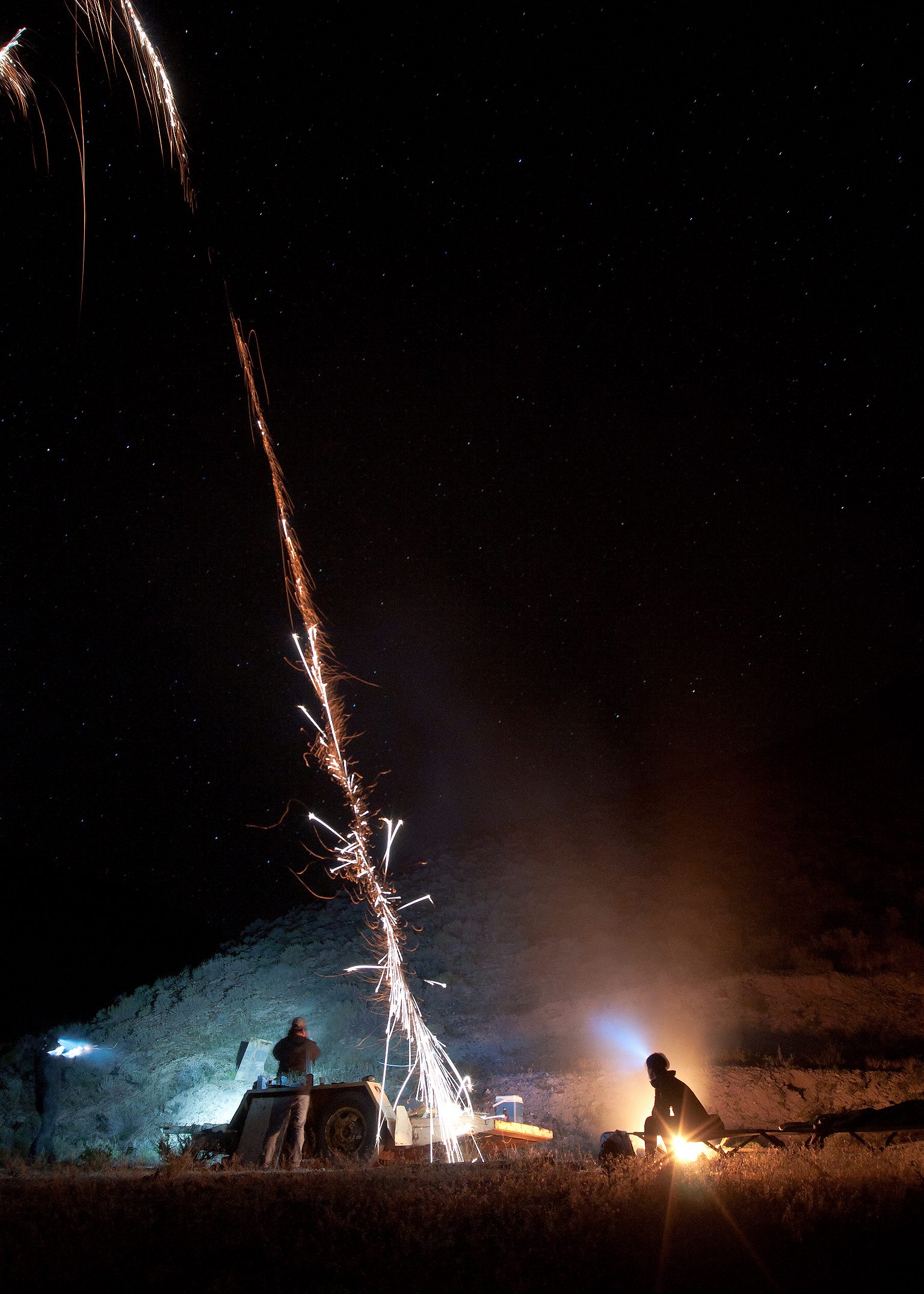
Left adrift, Parsons poured his energies into magical practice. In late 1945 he began a series of rituals to manifest an “elemental mate,” a magical feminine being to replace and supersede Betty. His biographer George Pendel describes the rituals as ornate: the room dark and the air thick with incense; Prokofiev’s 2nd violin concerto playing on the gramophone; and magical symbols arranged around the room in a pentagram. Parsons traced shapes in the air with a dagger and chanted invocations in a mixture of English and Enochian, a sixteenth century “language of the angels.” He documented every step with the same meticulous dedication he’d applied to rocketry experiments, though the effects didn’t seem much at first: knocking sounds, a wind storm, a table lamp mysteriously thrown across a room.
But then a more tangible result: A woman turned up at the door of Parson’s Pasadena mansion, a 23-year-old artist and illustrator named Marjorie “Candy” Cameron. He credited her materialization to his rituals, which only heightened his fervor. Parsons now believed he could incarnate a goddess on earth: Babalon, the Scarlet Woman, sacred whore and “true mistress of The Beast,” as described by Aleister Crowley in The Book of the Law, Thelema’s central sacred text.
On February 28, 1946, Parsons returned to the desert for the Babalon Working, a ritual he hoped would be his great achievement on earth.
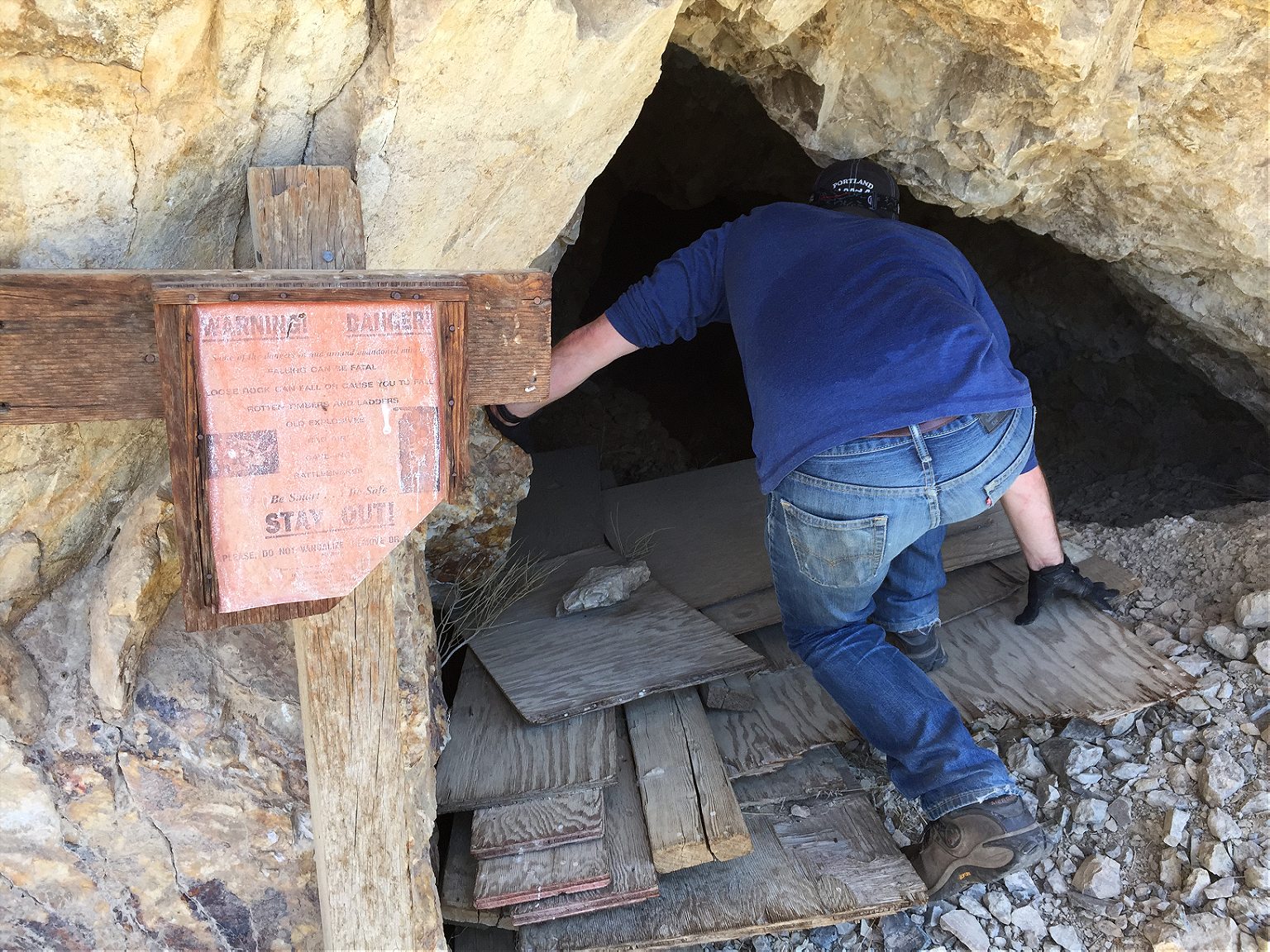
The site of the Babalon Working ritual is disputed. Parsons’ biographers place it in the Mojave Desert, yet occultist forums, desirous of synchronicities, suggest it happened on the site of what is now Area 51. Four hundred miles of California and Nevada desert was littered with resonant sites, and we decided to trace a line between them, to circle round the context of the man, before coming back into Los Angeles to conclude our trip where the Parsons story ended, in Pasadena.
We began by journeying up to Nevada to blow things up in the desert ourselves. Brad had a friend, Joel, a mine explorer living just north of Reno. Joel had guns. And he knew a good place to go shoot them.
We headed southwest on Route 50—“the loneliest road in America”—into the night. It was three hours before we reached our destination in the Lodi Valley, bumping down a corrugated dirt road and searching by beams of torchlight for the track up to the mine Joel planned for us to camp. We set up in the pitch dark. We cleared the dry-as-tinder sagebrush from the ground, dragged rocks off the hillside to make a firepit, and built a blaze. Then, buzzed on adrenaline and 17-year-old Lagavulin whisky, lit only by firelight and head torch, Joel taught me how to shoot a 12 gauge tactical shotgun. The sound echoed off the hillside and into the black night.
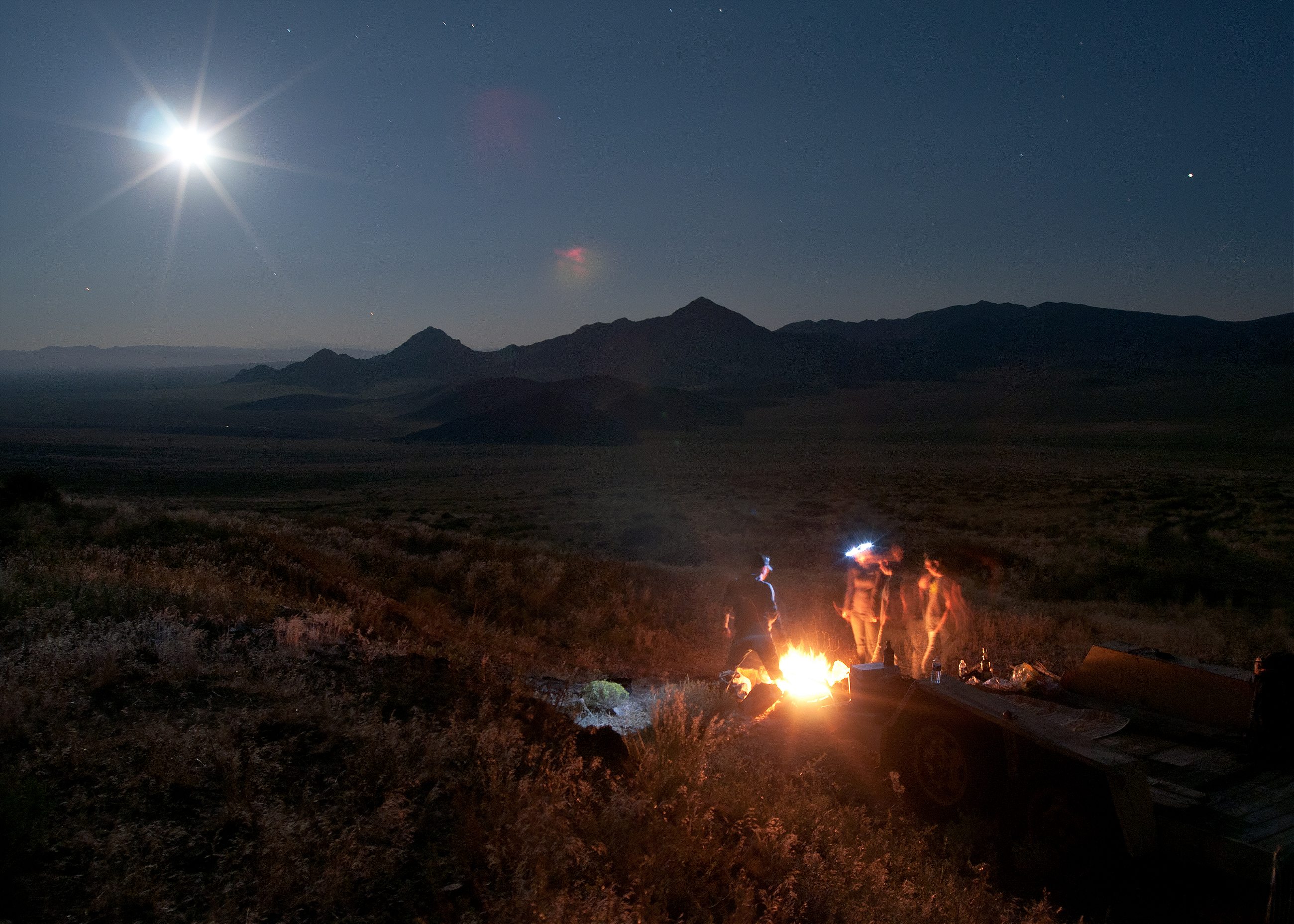
We slept for just four hours on a wooden trailer beneath the Milky Way. In the morning we walked up a steep rocky canyon to find an abandoned gold mine. To reach the tunnels we scrambled up loose rocks and gravel, then explored each one in turn, tracing geologic threads with our fingertips along the walls and into the earth. We found old rock drills, heavy and tall as any of us, and a copy of Smithsonian magazine from 1981. We eyed cardboard boxes warily in case they contained explosives; Joel warning about how old dynamite decomposes, sweating crystals of pure nitroglycerine. I got a first-hand lesson in what this looked like, and we backed out delicately. Nothing more than the vibrations of our footsteps in these quiet tunnels would have been enough to set the dynamite off. Parsons died in a chemical explosion, and we didn’t much want to copy him.
That afternoon, the long, still Nevada roads took us through the lethal tumuli of Hawthorne artillery depot en route to Bodie, a remnant of the gold rush mining boom. Devils lured us across the landscape: first, a stop for the sunset at Devil’s Postpile, then driving south into Death Valley, Neurosis loud on the stereo, descending 282 feet below sea level into a sleepless night and all-encompassing heat. Dawn at the Devil’s Golf Course, salt-crusted clay baked percussive and resonant.
Then onward to California City, a place dreamed but never built, neighboring Muroc Air Force Base, where Parsons and crew tested the first jet-assisted planes in 1942. California City is haunted by the hubris of its founder, Nat Mendelsohn, who believed in the 1950s that California’s population boom would soon spill over the mountains and into the desert. So he decided to build a metropolis to rival Los Angeles, purchasing 80,000 acres of land and installing the infrastructure for thousands of homes. But the boom never came, and only a few houses were built. Today the town is just an empty utilities grid radiating out for miles into the desert. People use California City as a junkyard: the streets are populated by old couches, cathode ray TV sets, discarded toys—ersatz living rooms waiting to be occupied.
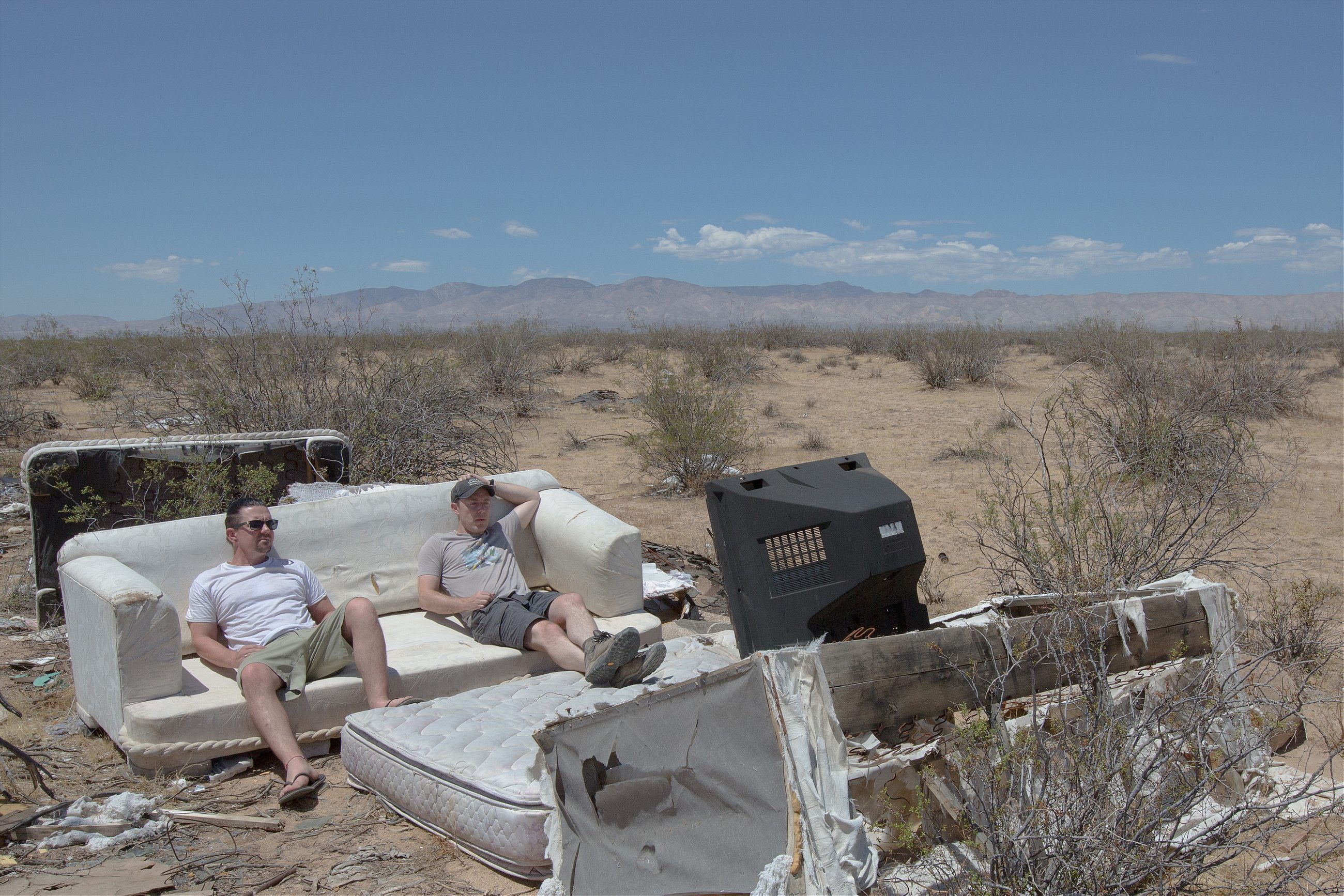
The pace was relentless—2,470 miles in eight days—and tempers started to flare. Failed utopias at every turn, ghosts a-plenty, yet we were finding out very little about Parsons and his projects. A friend of ours in Oakland (who just so happened to be a witch herself), was on the case, mining through old zines and publications to see what she could find: mostly just stories and speculation, not precious coordinates. The Babalon Working wasn’t going to let itself be traced. “Occult” literally means “hidden,” after all.
Yet while the site of Parsons’ great magical work may have remained elusive, other doors were opening. Hearing via Twitter that Brad was back in Los Angeles, Roy Butler, a space systems engineer at JPL, had emailed him offering a tour of the Lab. We would find the culmination of Parsons’ scientific work, at least. It was time to head back to Los Angeles.
But first, after four days in the dust of the desert, it was time for a break. Wayne, impossibly, went back to work for a day and a half, jagged and tired.
Meanwhile Brad & I drove up Pacific Coast Highway and pulled into a little beachside campsite north of Malibu – got a fire lit, grilled corn, finished the whisky. We slept right on the beach listening to the roar of the ocean. In the morning we swam in the ocean and read the Jack Parsons biography to understand the man, scientist and occultist who founded the NASA Jet Propulsion Lab, our next destination.
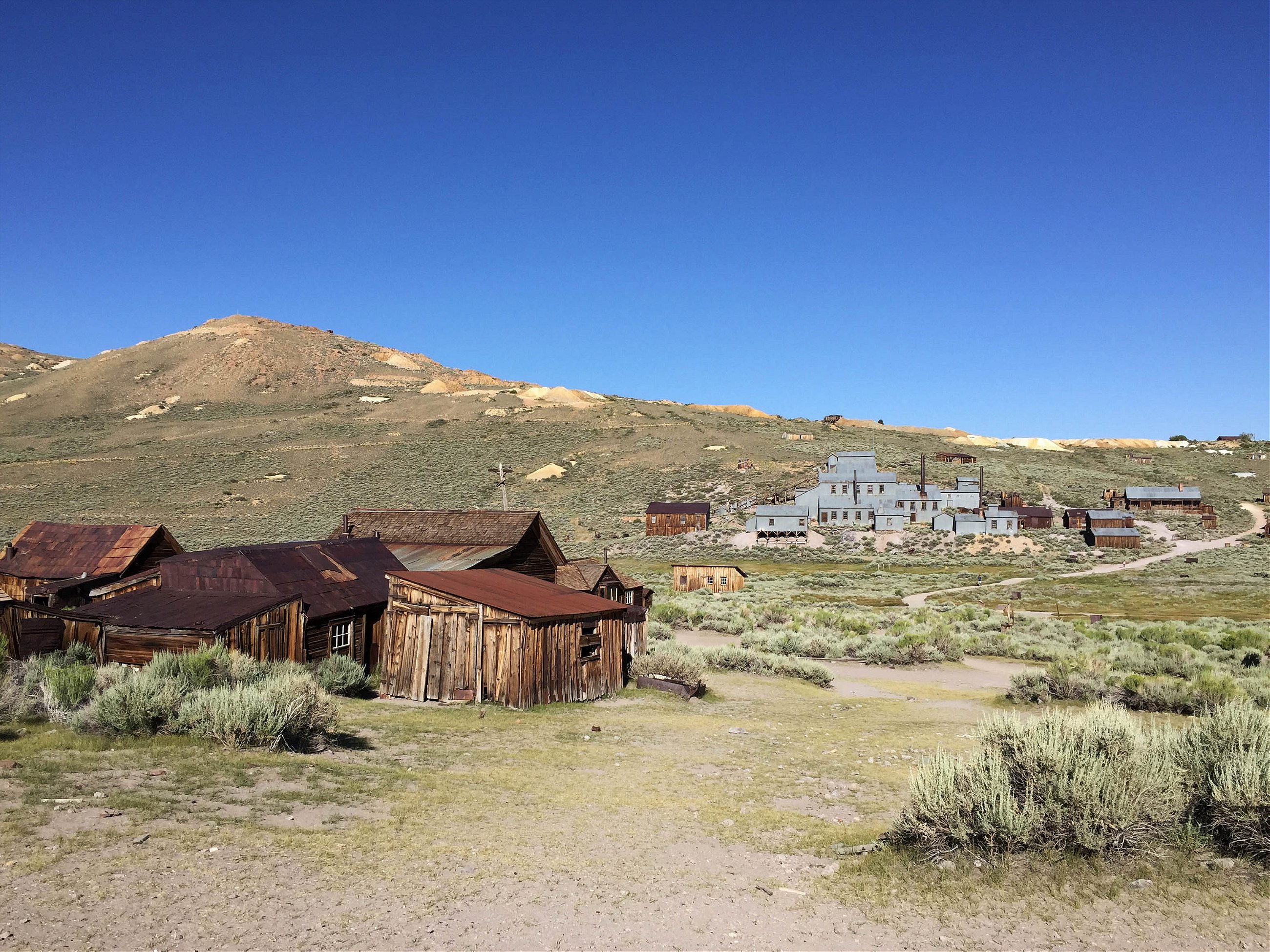
Entering the gates of JPL in Pasadena, Brad and Wayne were bouncing with anticipation. It was Friday, 3 p.m., and the place was filled with visiting school children. Brad and Wayne were no less excited, JPL a site that’d gripped them for decades. This was where other worlds became possible.
Roy met us and signed us in, then led us on a walk through the complex. Rover Mission Control was something out of a sci-fi film, darkened but for glowing screens and scrolling data displays. Cassini Mission Control. Mars Exploration Rover. A board on the wall recorded how long each mission had been gone from earth. Curiosity: three years, five days, six hours 58 minutes; Opportunity: 11 years and counting.
The clean room was the visual inverse, a gleaming white space—all the better for dirt and flaws to be caught. Sealed by airlocks and purified by air filtration and a pressure gradient, this was where the rovers were built by teams of space hygiene “ninjas” in white overalls, masks and boots, brushed and air-showered before entry to protect against contamination. Roy showed us the glittering gold of foil on the rover replicas; the test pits where they trained for Mars dust and rocks. Here, at last, was a space-age utopia still standing.
Yet our visit felt uneasy, too clean, too antiseptic: Jack Parsons’ secret history was seductive in how it grubbied the place up a bit, made it messy and human. JPL may be synonymous with NASA now, but it started as a bunch of pyromaniacs firing rockets from a canyon. So that’s where we decided to go next: Arroyo Seco and the Devil’s Gate, just three minutes down the road.
The story goes is that it wasn’t just rocketry going on in this Pasadena wash. Parsons and the OTO also supposedly performed rituals down here alongside the rocket tests. And these rituals may have opened up a channel for otherworldly forces to pass through. Some say that’s why JPL was situated where it is. That’s the story, at least.
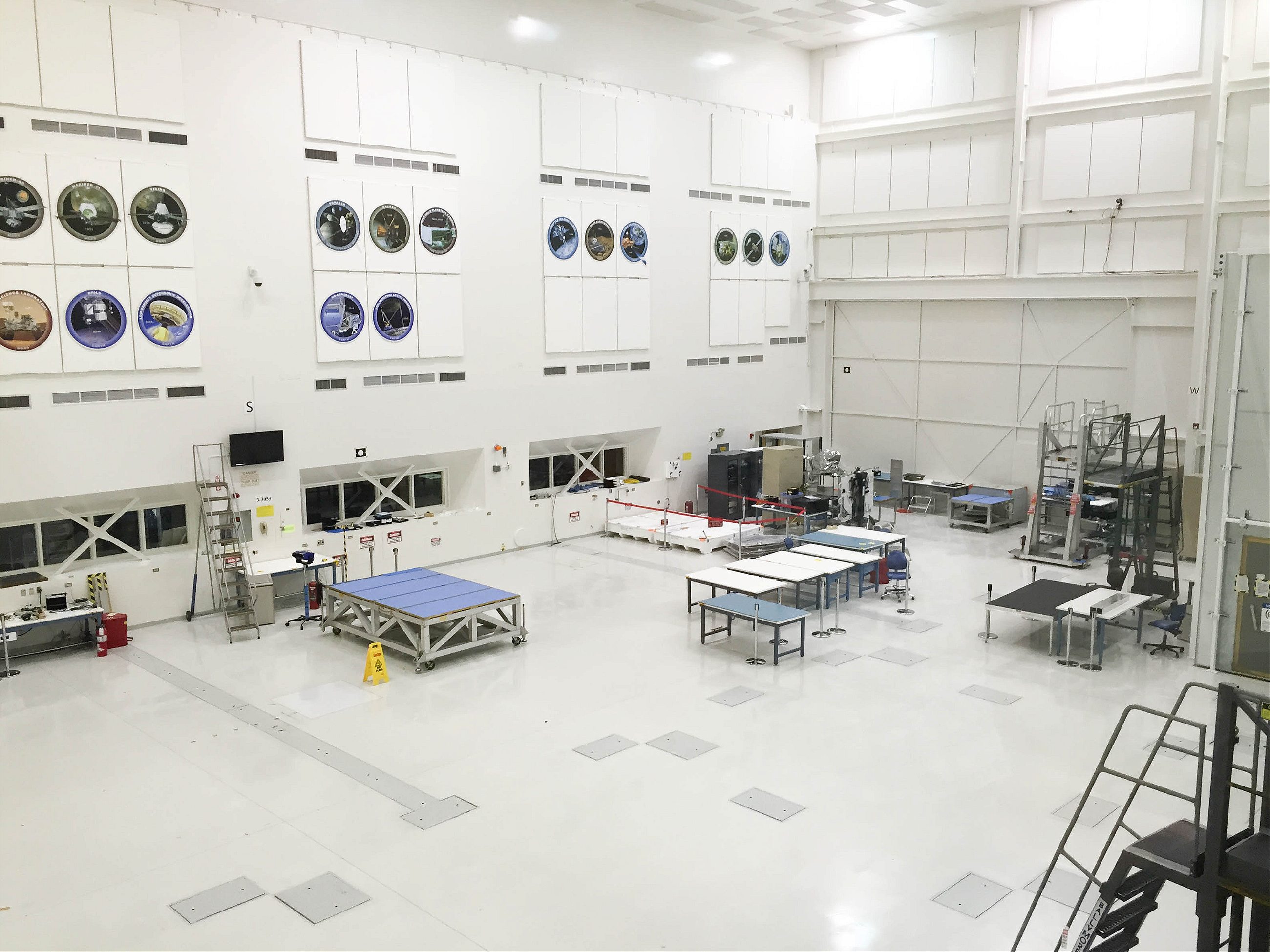
We walked in on an access road, the sun shining, the concrete of the dam pristine. The Foothill Freeway stood just above, traffic roaring past. This was hyper-mundane space, suburban edgelands. The Devil’s Gate, the rock formation named after its resemblance to the profile of a horned devil, lay under the dam itself. If anything was hidden here, it was hidden in plain sight.
We headed down, hopping a fence to reach a path down to the base of the dam and into the dried-out Arroyo Seco proper. Eucalyptus trees, scrub, discarded beer cans. We crossed the mostly dried-out creek and scrambled up a dusty slope to see if we could find a path across. No luck. A pool of stagnant water stood an insolent thirty feet between us and the entrance to the tunnel. It didn’t look inviting to cross. Brad and Wayne plotted out climbs along the canyon walls—none terribly plausible. There had to be another route in, perhaps from the other side.
We scrambled up the dirt of the hillside to find another access path, and jogged the concrete steps in our eagerness to find what lay at the end. A viable route down: Yes! A thirty foot climb down—and then, finally the Devil’s Gate opening itself, a heavily graffiti-ed concrete tunnel stretching back through into the dam—and locked fast.
The metal gate the dam authorities had built stretched right to the top of the tunnel opening, offering no footholds for a questing climber to breach the top. They’d fitted it close to the sides of the tunnel too, an inch or two narrower than ribcages or hips. Wayne stood at the top, rattled the gate and yelled.
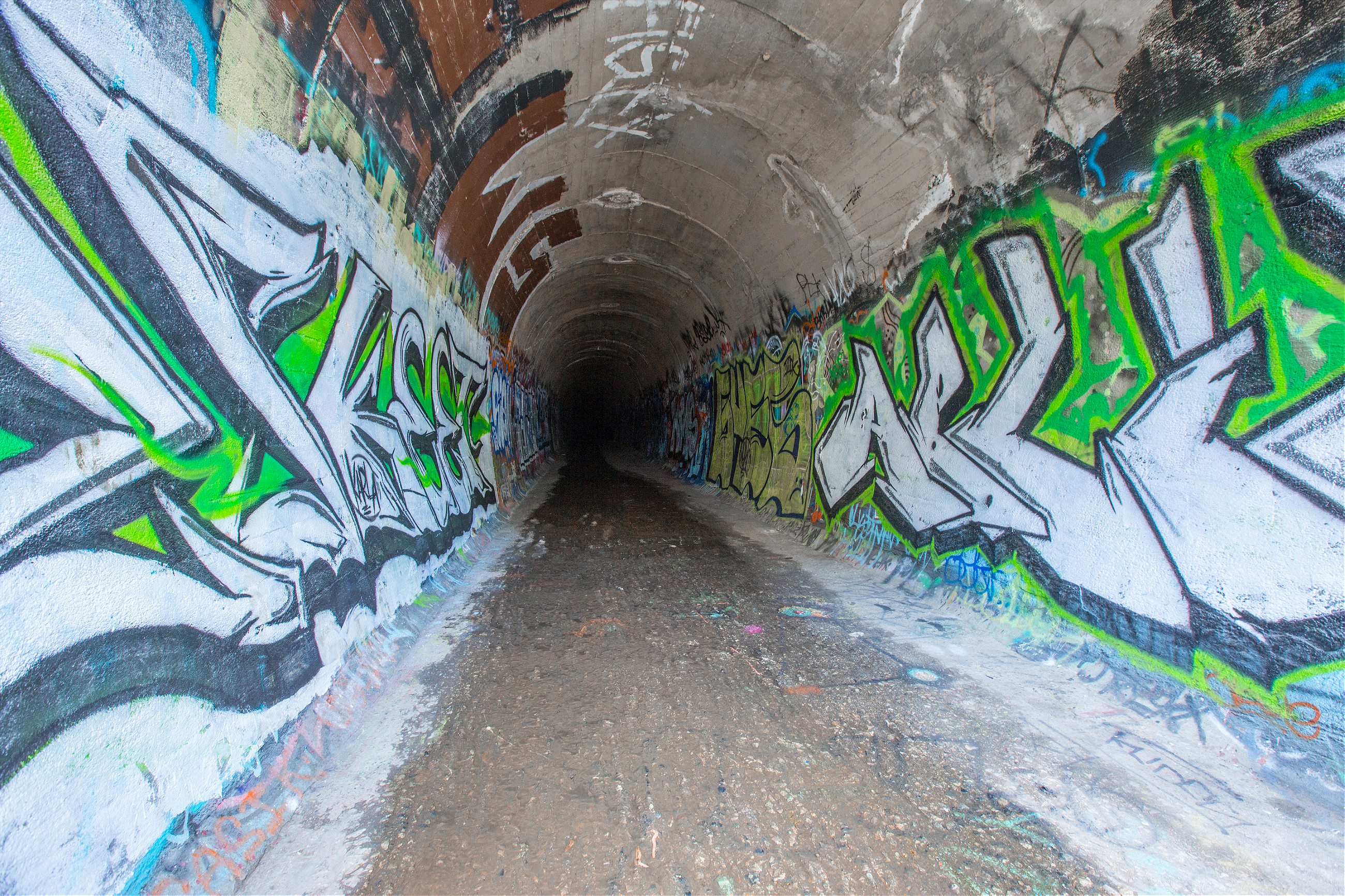
The tunnel returned only an echo, a bass rumble long and resonant and mocking.
No way in, not this time. We made our way back up the canyon-side, frustrated. The obstacle from the other side of the dam, unknown feet of thick mud. Not this trip.
This man Parsons—and what happened here—was determined to stay hidden.
You could call the journey a failure. We never even made it out to Orange Grove Avenue, site of the Parsonage and so much magical practice and madness. Other things called: dinner with an American air force general who helped spec the space shuttle; the limestone and alabaster mausoleum of the Cathedral of Our Lady of the Angels; clean sheets in a dimly lit room at the Ace Hotel.
But what can you expect to find on the trail of a man like Jack Parsons? What is left to be seen on a site where something strange happened, seventy years before? Only traces.
Magical practitioners caution that omens aren’t supposed to be easy to recognize. Parsons went to his grave believing the Babalon Working to be a success, but a success measured in roundabout ways—in UFOs and apparitions seen, voices heard, weird weather events. Of the “scarlet woman” manifest on Earth, nothing tangible.
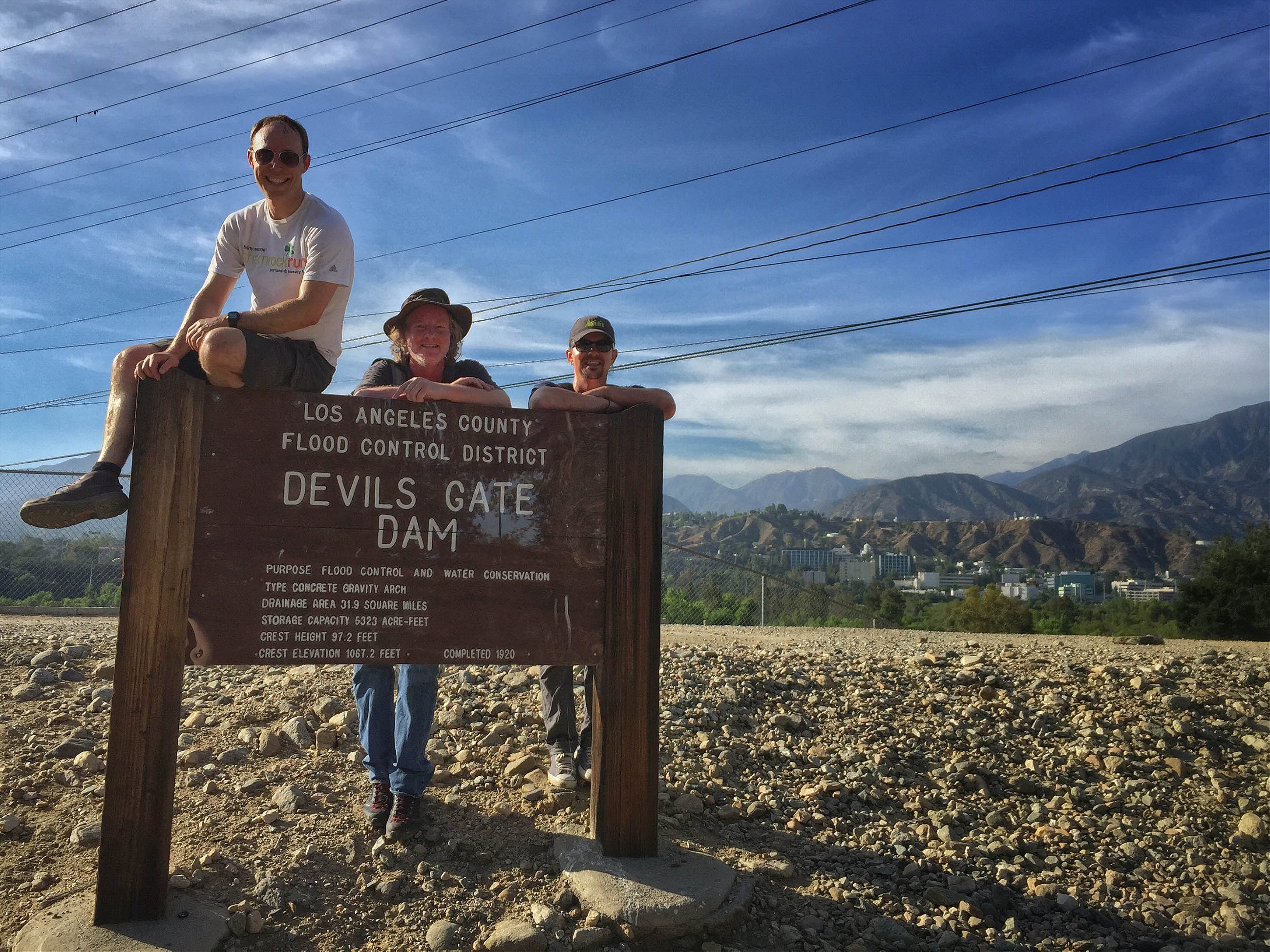
A mushroom cloud, a sudden dust storm twisting up through the desert just past Barlow, the deep laugh bouncing back from the Devil’s Gate vent—that was all we were going to get.
It was enough.
Parsons was the story that set us in motion and the story that reined us back towards Los Angeles when the desert left us raw. His sites on the map, the bounds of a protective circle for our own ritual.
The gold rush ran out. California City never got built. It’s been 43 years since a man last stood on the moon. All utopias fail. But seeking them is still the point.